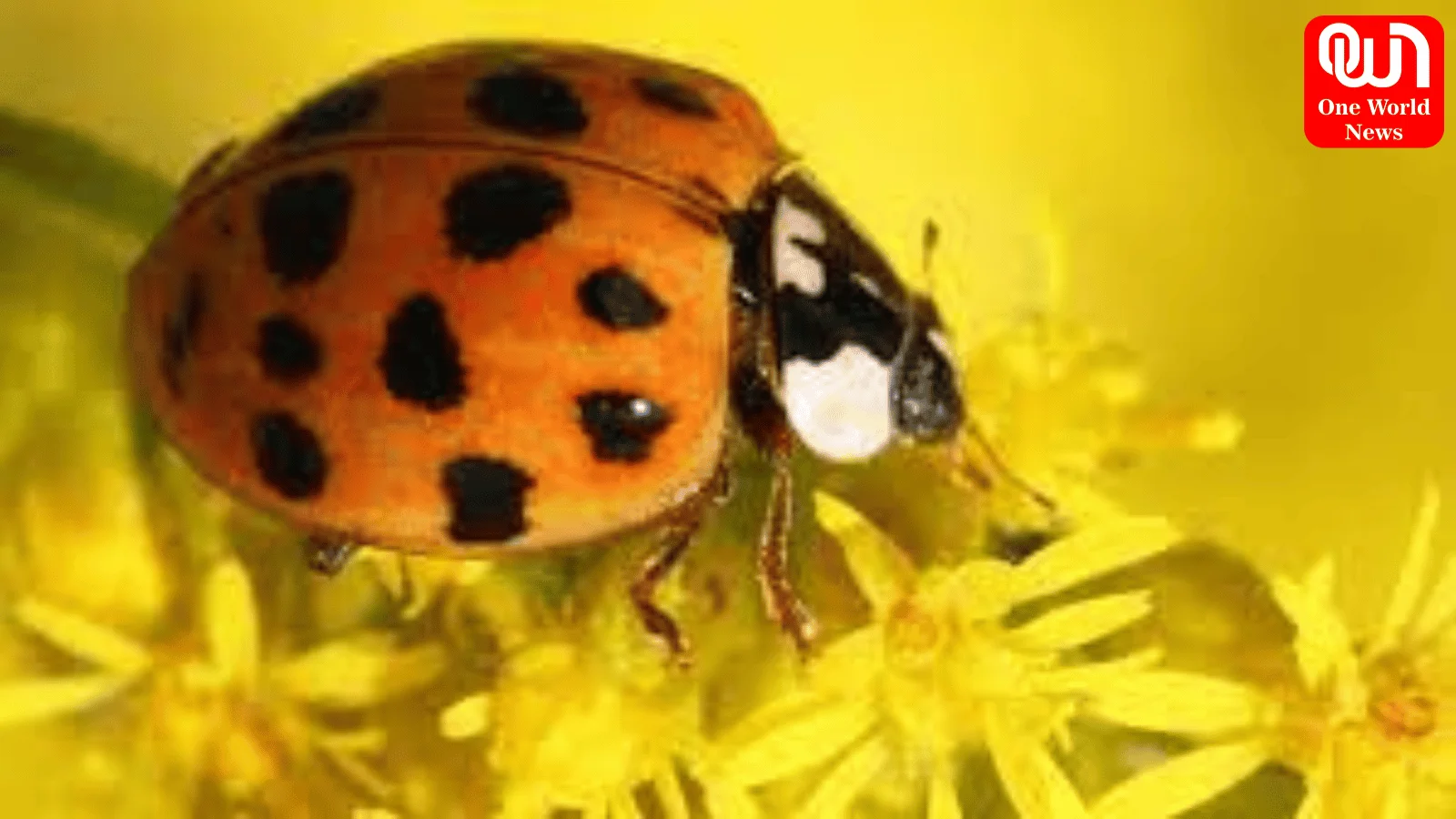The Intriguing World of Ladybugs and Lady Beetles: Exploring Their Abundance
Ladybugs and lady beetles, with their colourful shades and delicate look, have captured the fascination of human beings around the sector for hundreds of years. These tiny creatures play an essential function in ecosystems, and their abundance raises the question: Why are there such a lot of ladybugs and lady beetles?
-
Adaptability:
Ladybugs and lady beetles are enormously adaptable insects, able to thrive in diverse environments starting from forests and fields to city gardens. Their adaptability lets them take advantage of an extensive range of meal resources and habitats, contributing to their abundance.
-
Feeding Habits:
These bugs are voracious predators, in general feeding on aphids, scale insects, and other pests that can damage crops and plants. Their green predation enables them to hold pest populations in check, making them beneficial allies in agriculture and gardening. The availability of prey performs a good-sized position in sustaining their populations.
-
Reproductive Strategies
Ladybugs and ladybeetles have evolved reproductive strategies that contribute to their abundance. Many species have quick reproductive cycles, letting them produce multiple generations within a single year. Additionally, they lay massive numbers of eggs, increasing the chance of offspring survival.
Read More – Chic home makeover: 11 trendy tips for creating luxurious spaces with dark colours in interior design
-
Chemical Defense Mechanisms:
Ladybugs and ladybeetles possess chemical defence mechanisms that deter predators. When threatened, they launch a nasty-smelling liquid from their leg joints, cautioning the ability of predators to stay away. This defence mechanism complements their survival charges, contributing to their abundance.
Read More: How Can I Update My Millennial Style?
-
Overwintering Behaviour
In less warm regions, ladybugs and female beetles showcase overwintering conduct, seeking shelter in blanketed areas together with leaf muddles, tree bark, and homes. By aggregating in huge numbers, they can conserve strength and survive harsh winter conditions. Overwintering colonies can consist of lots of individuals, further contributing to their abundance.
-
Lack of Natural Predators:
Ladybugs and lady beetles have few herbal predators due to their unpalatable taste and protecting chemicals. This loss of predation allows their populations to thrive without widespread losses.
-
Habitat Diversity:
The diversity of habitats available to ladybugs and girl beetles contributes to their abundance. From agricultural fields to city gardens, these bugs can find suitable habitats with adequate food sources, allowing them to set up thriving populations.
-
Climate Change
Climate change can also impact the abundance of ladybugs and ladybeetles. Warmer temperatures and altered precipitation styles may create favourable conditions for their reproduction and survival, leading to population increases in certain areas.
-
Human Activity:
Human activity can inadvertently contribute to the abundance of ladybugs and woman beetles. Agricultural practices inclusive of monoculture farming and the use of insecticides can disrupt natural predator-prey dynamics, mainly to multiply pest populations and, in turn, better numbers of ladybugs and lady beetles as they make the most of the abundance of prey.
In conclusion, The abundance of ladybugs and lady beetles may be attributed to a mixture of things which includes their adaptability, feeding habits, reproductive strategies, chemical defence mechanisms, overwintering conduct, lack of natural predators, habitat range, weather trade, and human hobby. These fascinating bugs serve as valuable participants in ecosystems, playing an essential position in pest management and highlighting the interconnectedness of species within natural environments. As we look at and appreciate those awesome creatures, we gain a deeper knowledge of the complex dynamics that shape our natural world.
Like this post?
Register at One World News to never miss out on videos, celeb interviews, and best reads.









